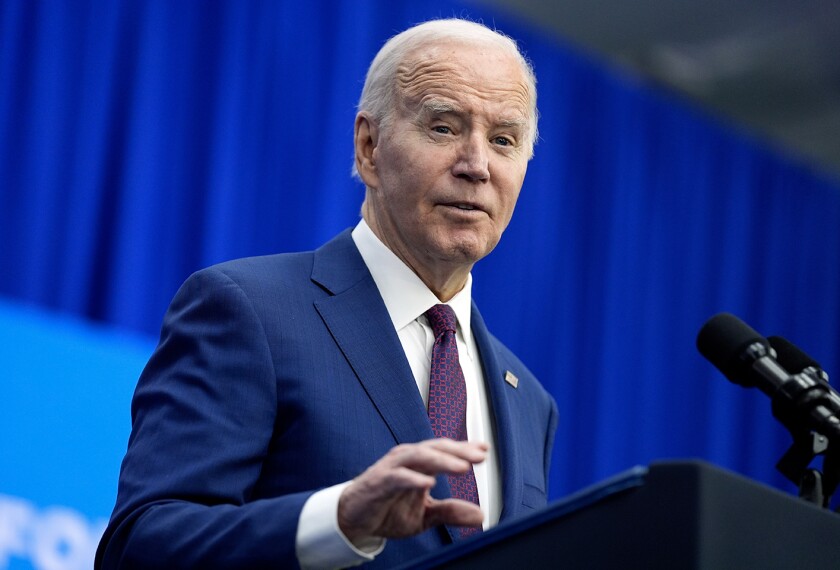Making teachers the primary decisionmakers in what technologies schools use isn’t always as simple as it may sound.
School budgets are tight, technology funding comes from a wide variety of sources, and many schools have strict rules regarding the adoption of new products. District administrators must also consider technology bandwidth, relevance of the products to district and state standards, and the implications for professional development.
“There’s a difficult balance to strike,” said Keith Pomeroy, the director for technology for the 17,500-student Olentangy school district in Ohio. “You have to make sure you are considering all the direct policies, but you also have to respond to [the fact that] the tools you use today are different than five years ago.”
Mr. Pomeroy meets frequently with teachers to talk about technology needs, and the district recently launched a $10,000 innovation-grant competition for teachers with impressive proposals on how to use technology in the classroom.
Some states are enacting policies that give teachers a bigger role in what products and materials they use in the classroom.
Plans in Florida, for instance, would give teachers debit cards to use on “supplies for the classroom.” A spokeswoman for the state department of education would not disclose how much money teachers would receive or specific items that could be purchased, but the accounts would be financed with public and private dollars.
Utah recently approved its first free, teacher-created e-textbook.
But those initiatives fall short of many policy changes desired by the private sector. In a recent survey of investors and entrepreneurs by Matt Greenfield, a partner at the New York City-based investment firm Rethink Education and an opinion blogger for edweek.org, many respondents asked for major changes to the procurement process for schools.
“While well-intended, [the process] is counterproductive,” responded one entrepreneur. “It makes it so that those who survive the procurement process win, not the best product.”
Because of such barriers, it is unclear if consumer-focused companies will reap long-term success or achieve widespread scale in the K-12 market.
“When teachers are grabbing their own technology, it doesn’t always integrate with the curriculum,” said Katrina Stevens, a former teacher and administrator who co-founded LessonCast, a Baltimore-based company that provides customized professional development.
But given the success of consumer-focused businesses in other sectors, a “freemium” model in education is viewed as a high-risk, high-reward opportunity by investors, said Adam J. Newman, a founding and managing partner of Education Growth Advisors, a Stamford, Conn.-based education business-advisory firm. With a freemium approach, companies offer a product to users, usually teachers, for free but offer more robust versions, usually to institutions, at a cost.
Using data on disclosed K-12 venture capital investment in 2012 compiled by the Oakland-based NewSchools Venture Fund, Education Week found that 22 of this year’s 65 investments went to entities that count teachers as their primary audience, 18 of which offer some kind of free product or service. Of the $365 million invested in K-12 education so far this year—an increase over last year’s $334 million, as estimated by GSV Advisors, an investment and consulting firm—$110 million went toward teacher-focused enterprises.




